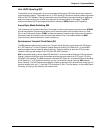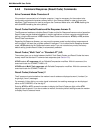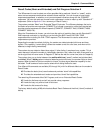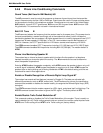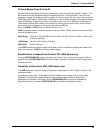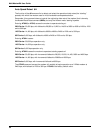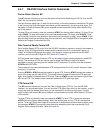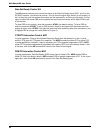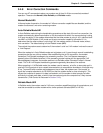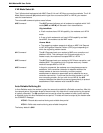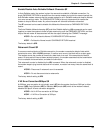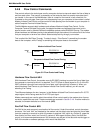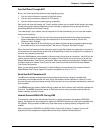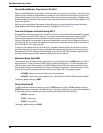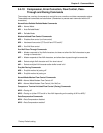
62
MultiModemBA User Guide
Data Set Ready Control &S
The &S command allows you to control the status of the Data Set Ready signal (DSR - pin 6) on the
RS-232C interface. You have three choices. You can force the signal high, allow it to act normally, or
set it to stay high until the modem disconnects, go low momentarily, and then go high again. The last
option is useful with some CBX phone systems and mainframe front ends, which require DSR to act
in this manner.
To allow DSR to act normally, enter the command AT&S1 (the default setting). To force DSR on,
enter the command AT&S0. To set up DSR so that it drops for one second on disconnect and then
comes up again, enter AT&S2. If you want the drop time to be something other than one second, use
S-Register S24 to change this value (Refer to Chapter 6).
CTS/RTS Interaction Control &RF
In typical operation, Clear to Send follows Request to Send when the modem is on-line. In other
words, if RTS goes off, CTS goes off in response. The &RF0 command enables CTS to follow RTS.
In some applications, however, it may be necessary for CTS to operate independent of RTS. &RF1
allows CTS to operate independently regardless of the state of RTS, and is the factory default. If this
is the case, refer to the &R command for control of the Clear to Send signal.
DSR/CD Interaction Control &SF
In typical applications, Data Set Ready (DSR) follows Carrier Detect (CD). &SF0 enables DSR to
follow CD, and is the factory default. &SF1 enables DSR to operate independent of CD. If this is your
application, refer to the &S command for control of the Data Set Ready signal.




